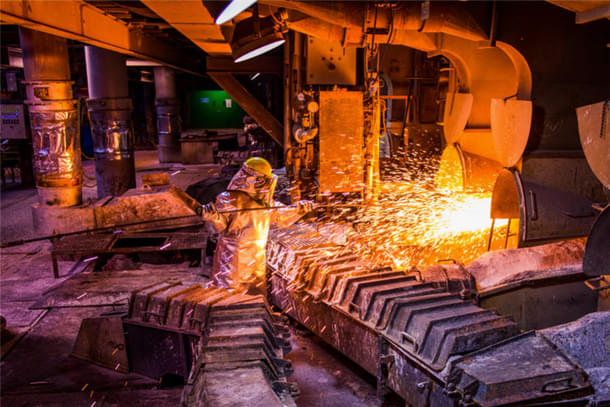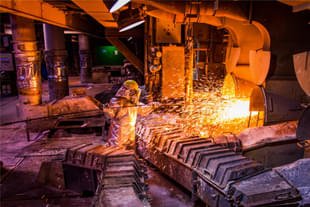Infrastructure
Trafigura Predicts 1 Million Tonne Surge In Copper Demand From AI And Data Centres
Swarajya Staff
Apr 09, 2024, 01:06 PM | Updated 01:05 PM IST
Save & read from anywhere!
Bookmark stories for easy access on any device or the Swarajya app.


Commodities trading giant Trafigura has forecasted that copper demand linked to artificial intelligence (AI) and data centres could add up to one million metric tonnes by 2030 and exacerbate supply deficits towards the end of the decade.
"If you look at the demand that is coming from data centres and related to that from AI, that growth has suddenly exploded," said Saad Rahim, chief economist at Switzerland-based Trafigura, at the Financial Times Global Commodities Summit in Lausanne.
The one million tonnes is "on top of what we have as four to five million tonnes deficit gap by 2030 anyway," Rahim said. "That's not something that anyone has actually factored into a lot of these supply and demand balances."
Rahim did not say what global copper demand would be in 2030.
Copper, often referred to as the "metal of electrification", plays a pivotal role in all energy transition strategies. With the widespread electrification expected in the energy transition, copper becomes indispensable for its success.
It will be crucial for modernising outdated power generation and transmission infrastructure to accommodate the growing use of renewable energy sources like solar PV, offshore and onshore wind, concentrated solar power, as well as nuclear and hydropower.
Additionally, as the demand for electric vehicles (EVs) surges worldwide, copper will be essential for the rapid electrification of transportation.
The next 25 years will see an unprecedented demand for copper, with global demand forecasted to reach nearly 26 million tonnes this year.
According to a recent Reuters survey, the copper market could face a deficit exceeding 100,000 tonnes by 2025, from shortages of 35,000 tonnes this year, highlighting the growing gap between supply and demand.
Currently, China leads the world as both the largest producer and consumer of copper, and it also controls much of the global supply of other industrial metals essential for the energy transition. This dominance is a source of concern for Western countries that are aiming to reach their net-zero targets.




